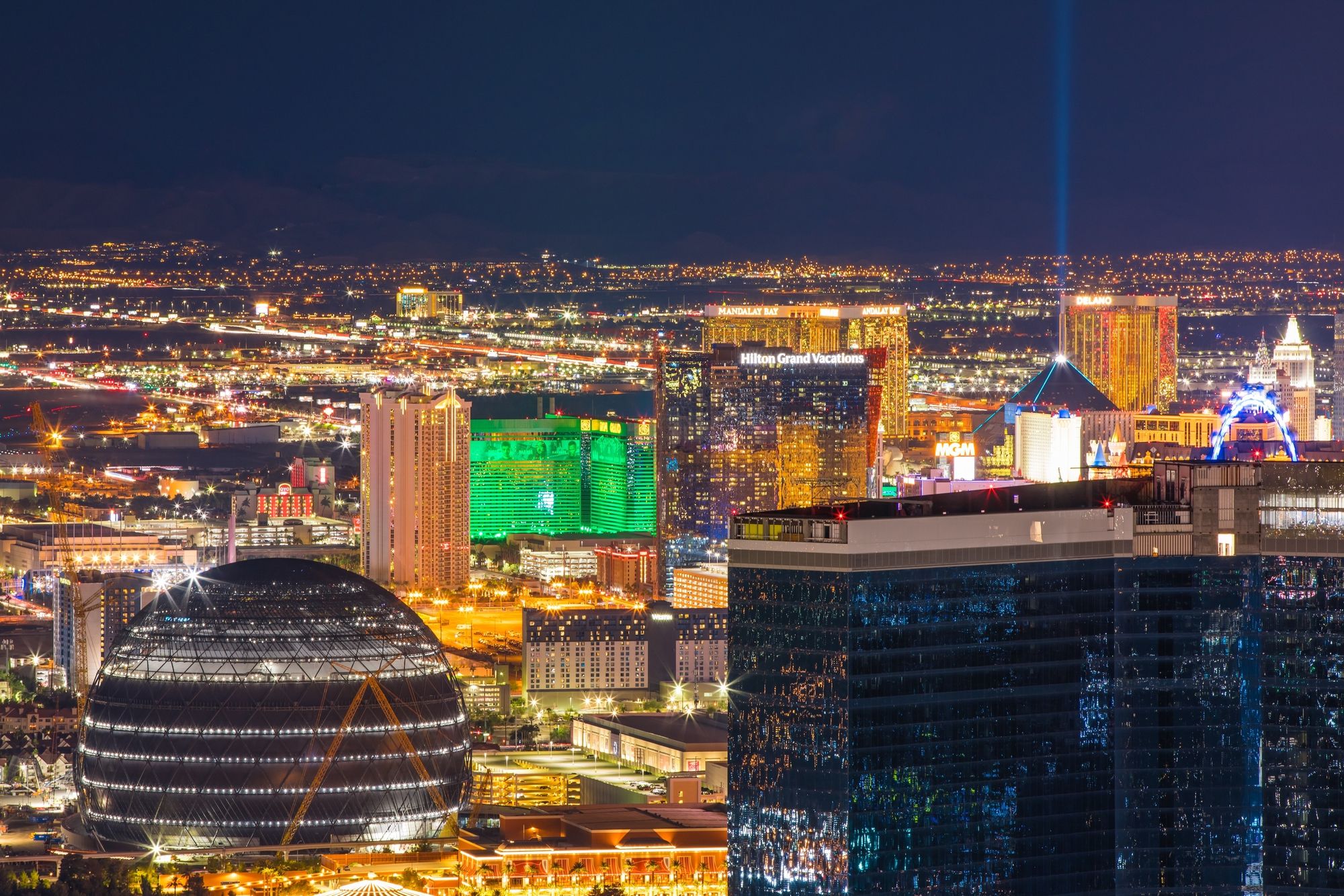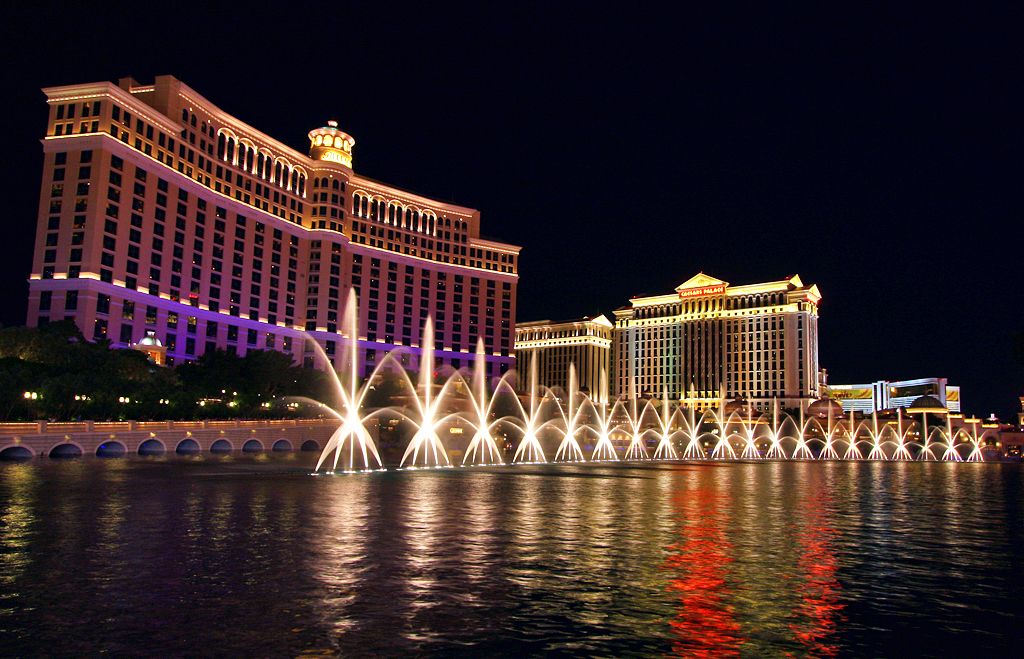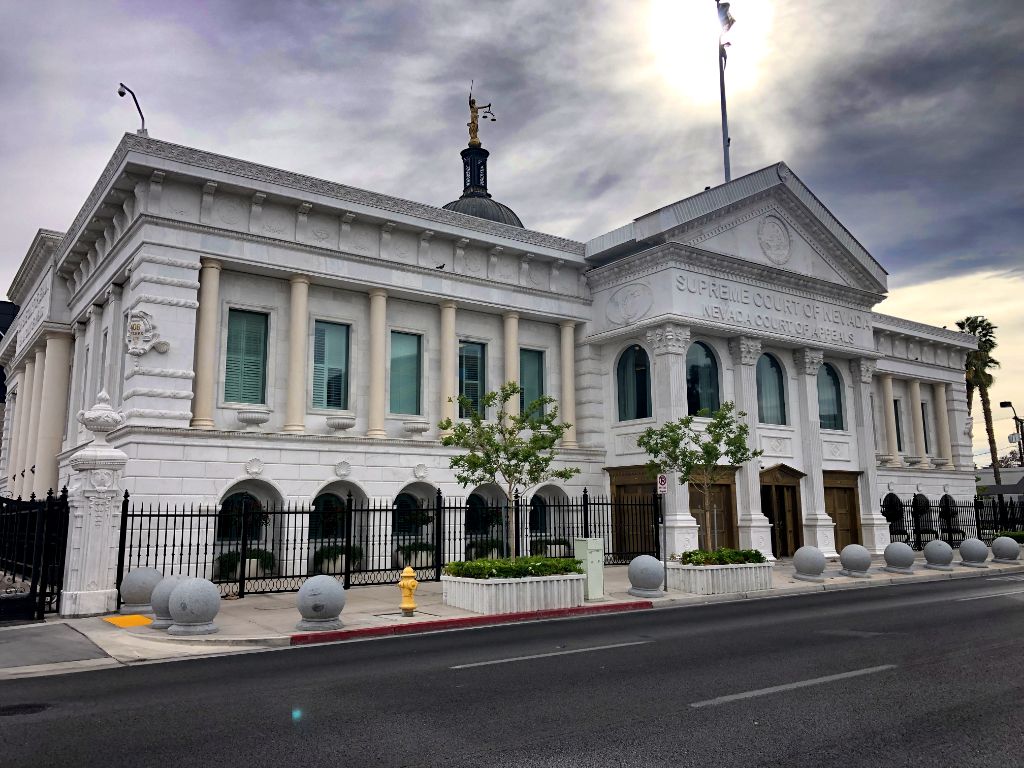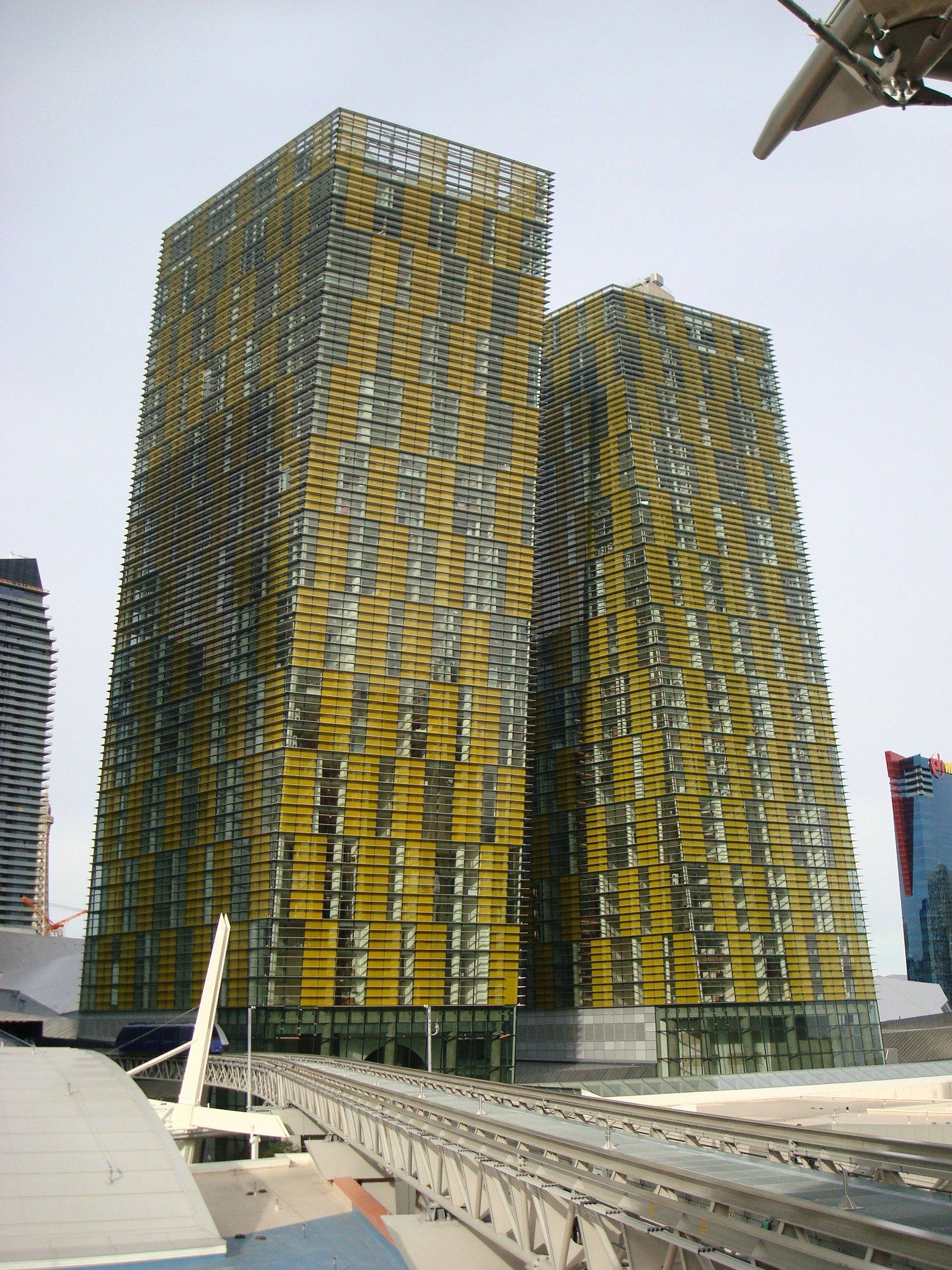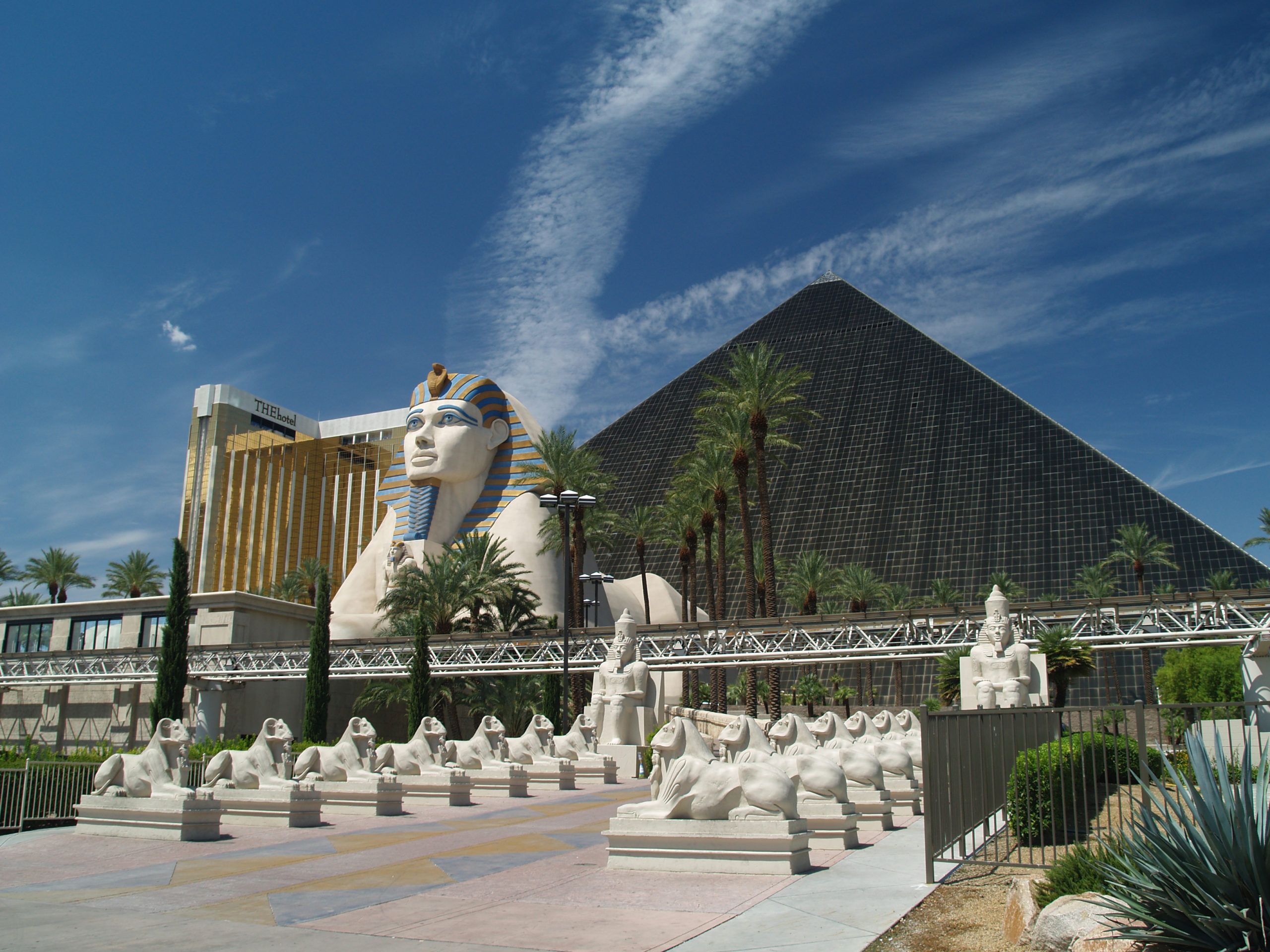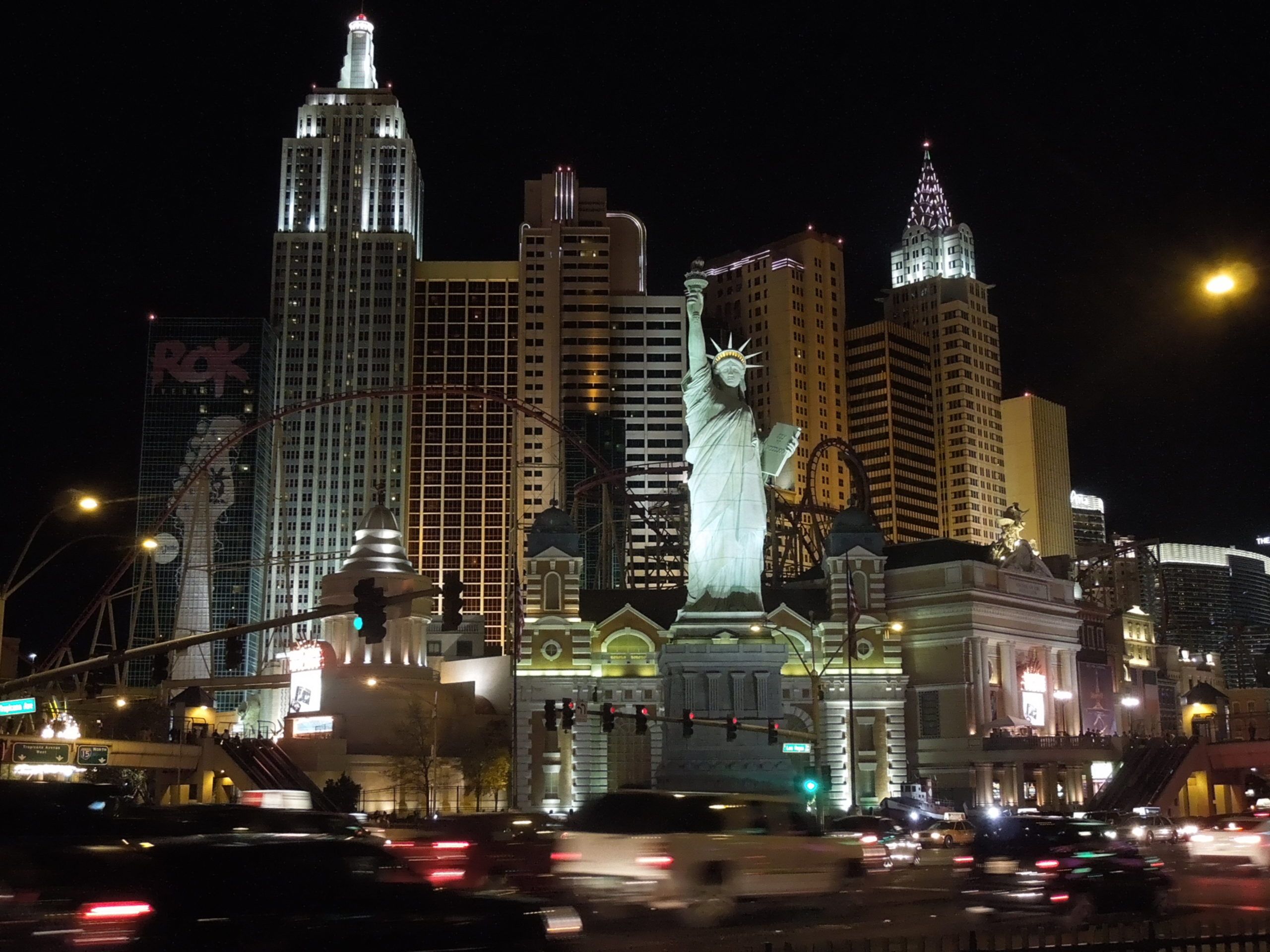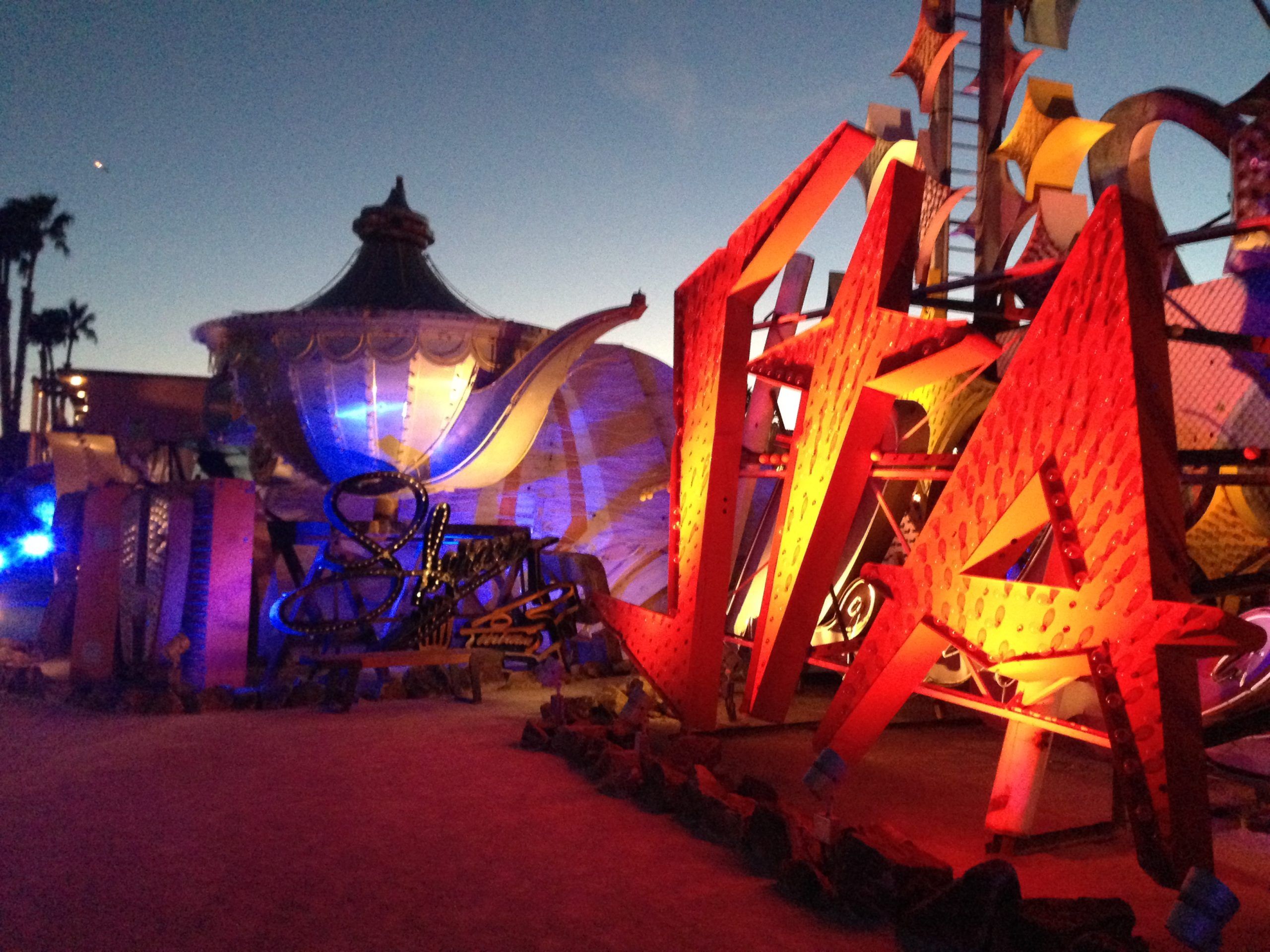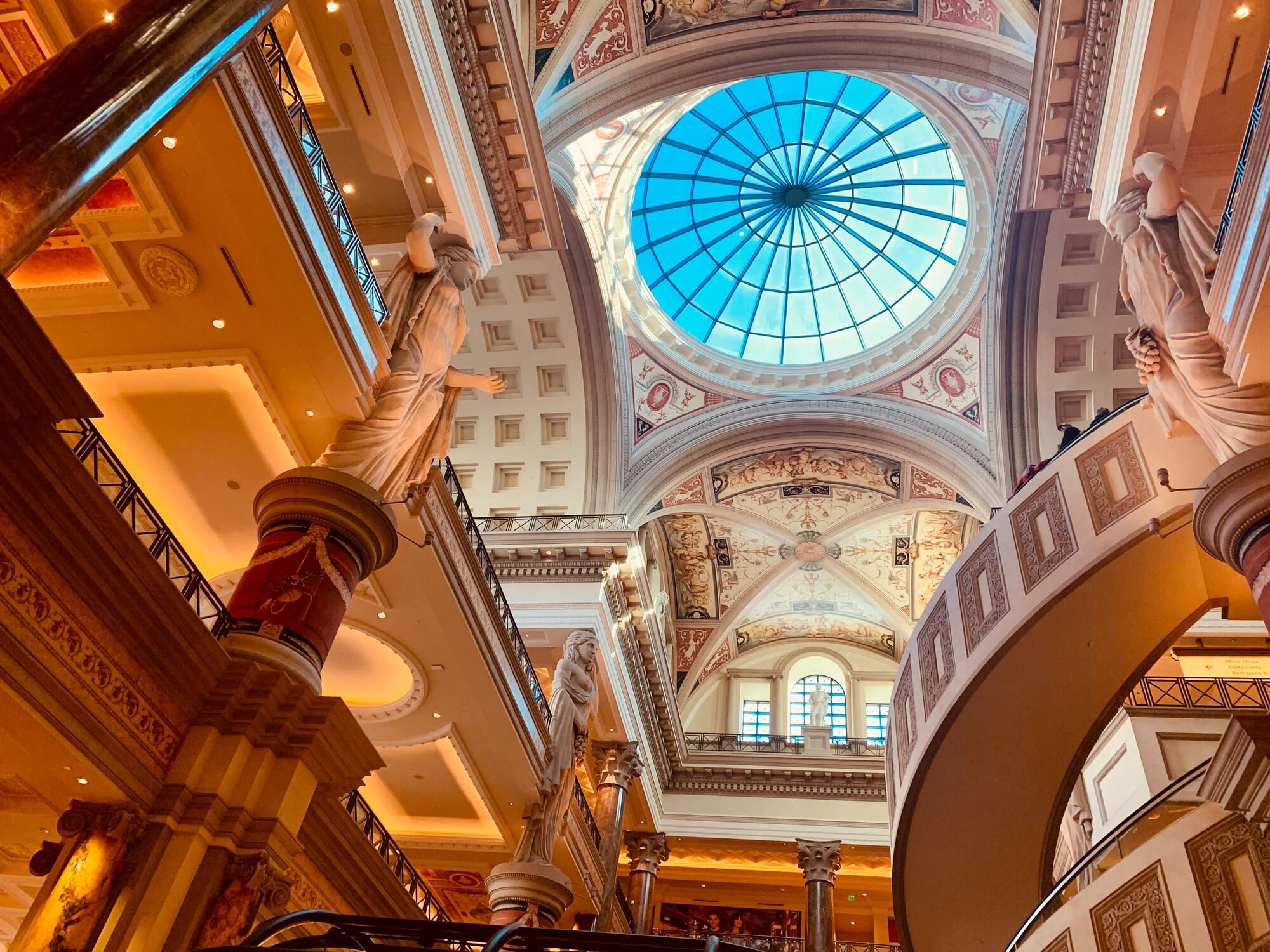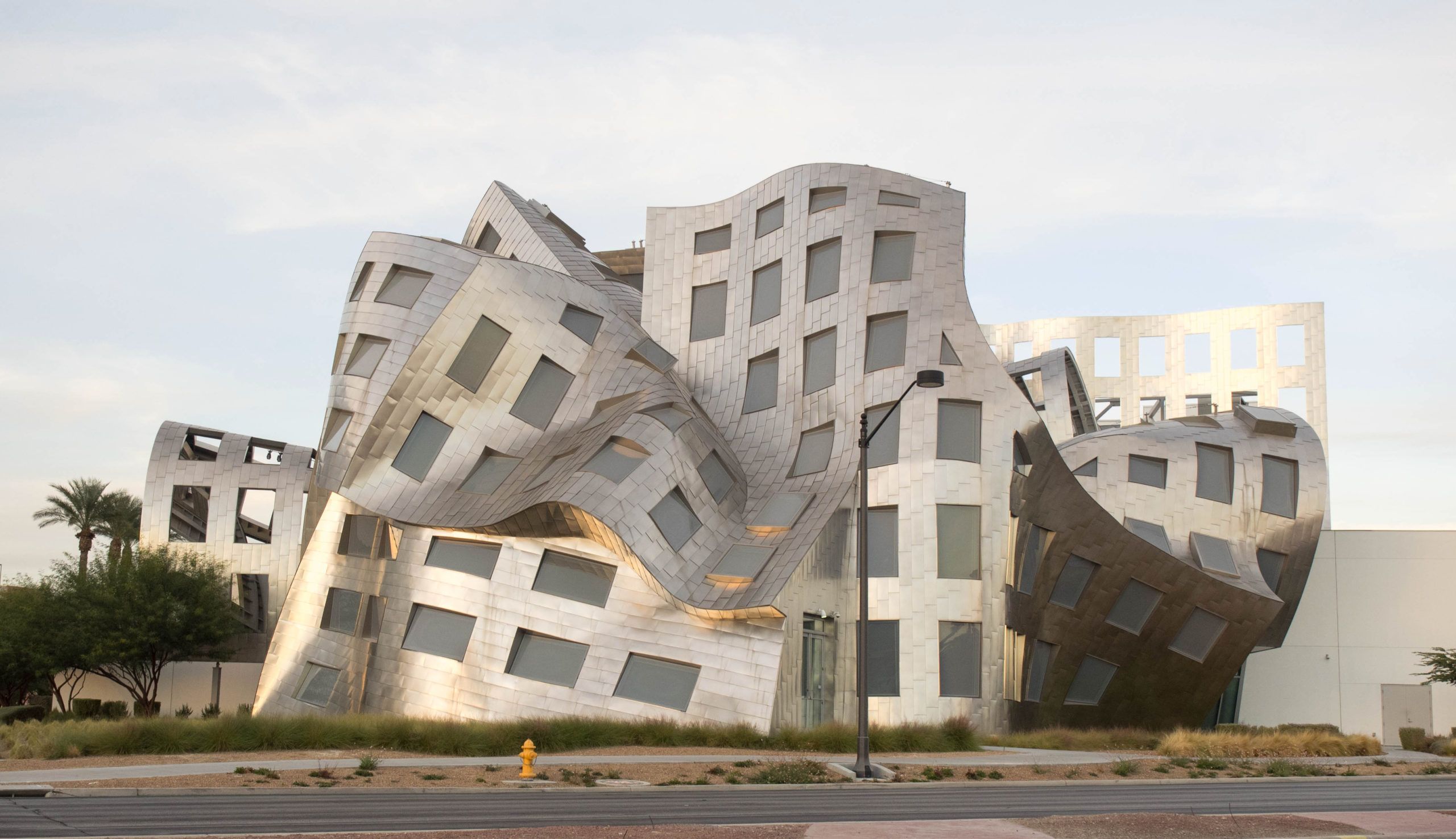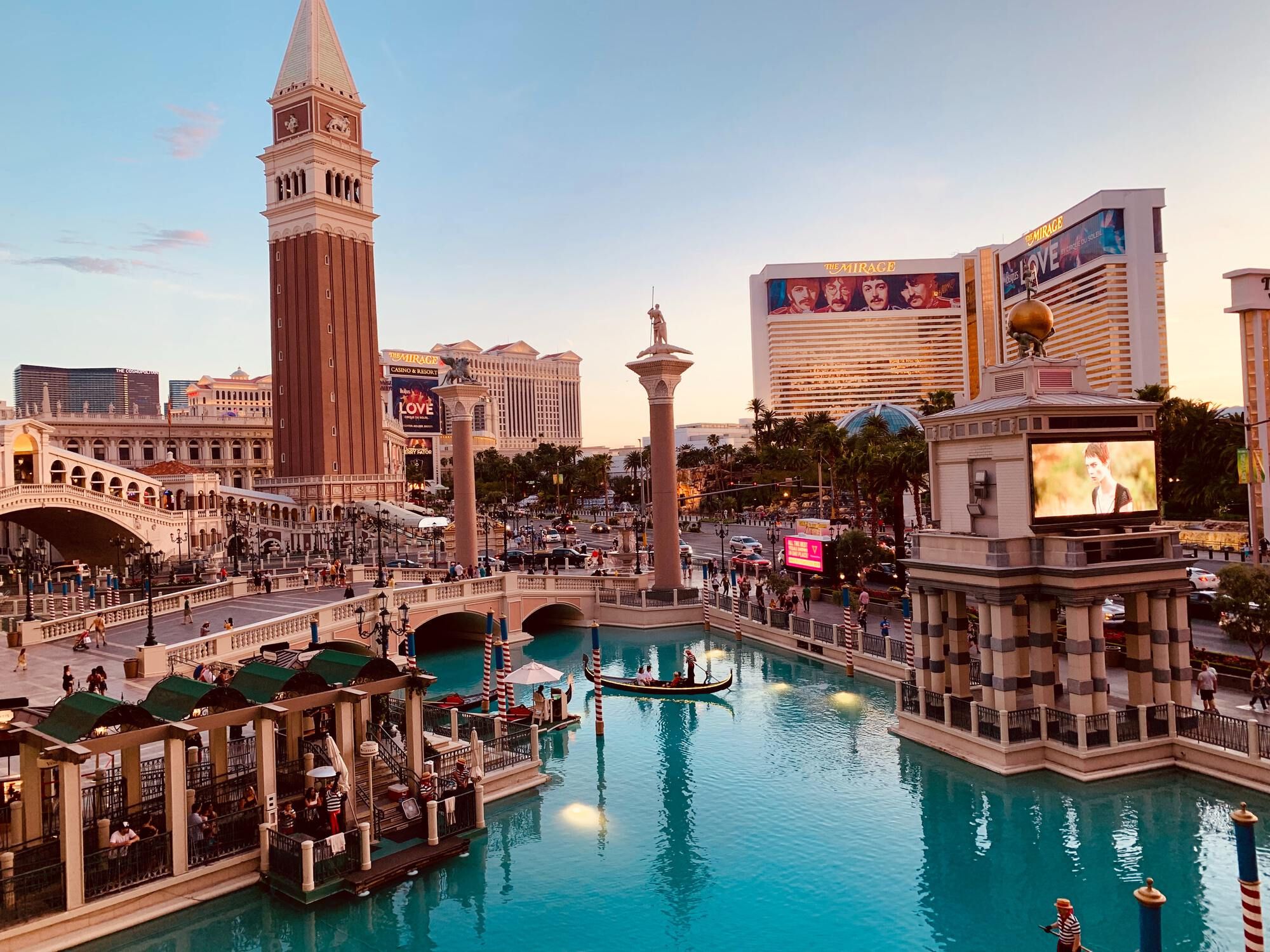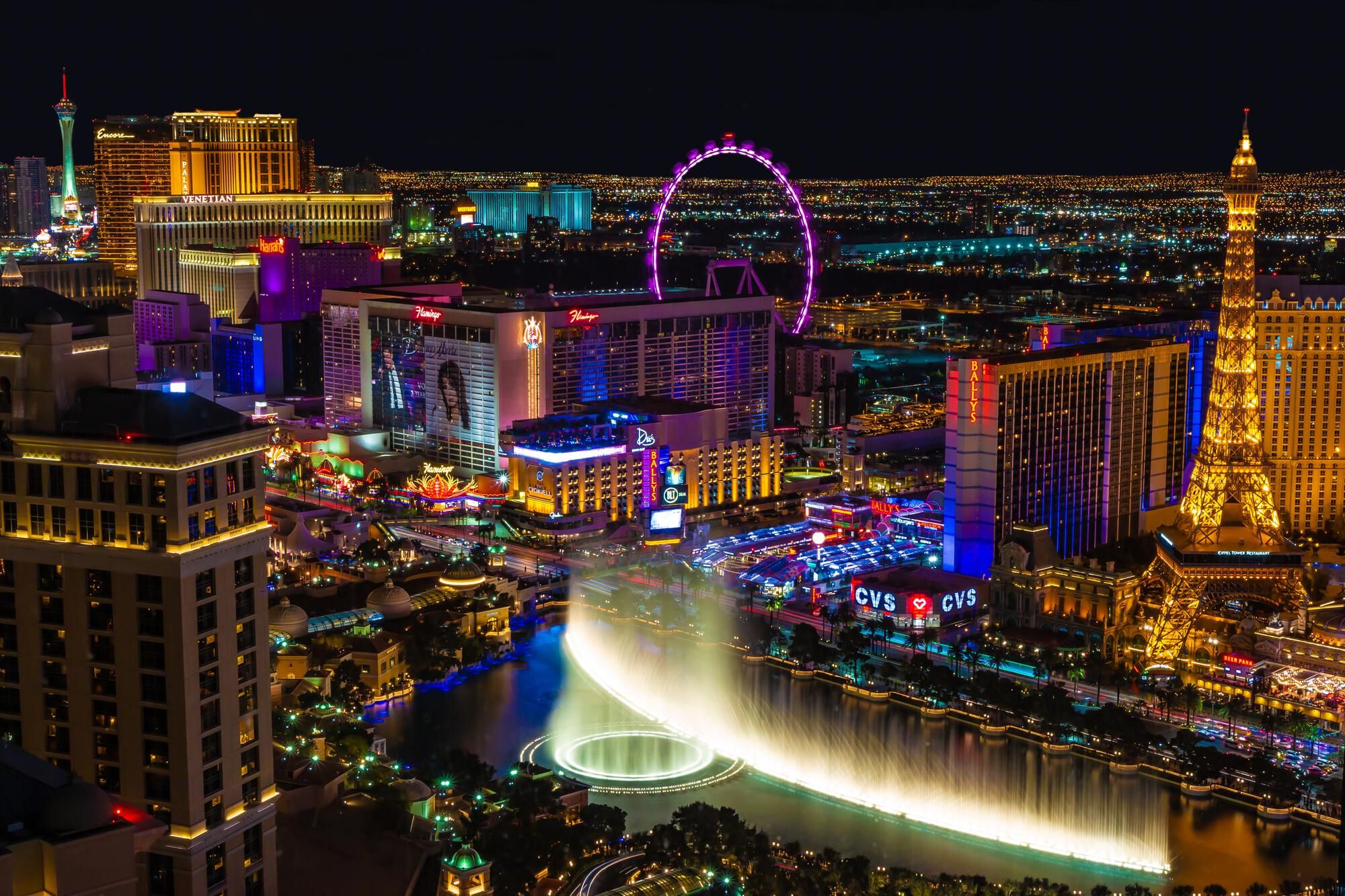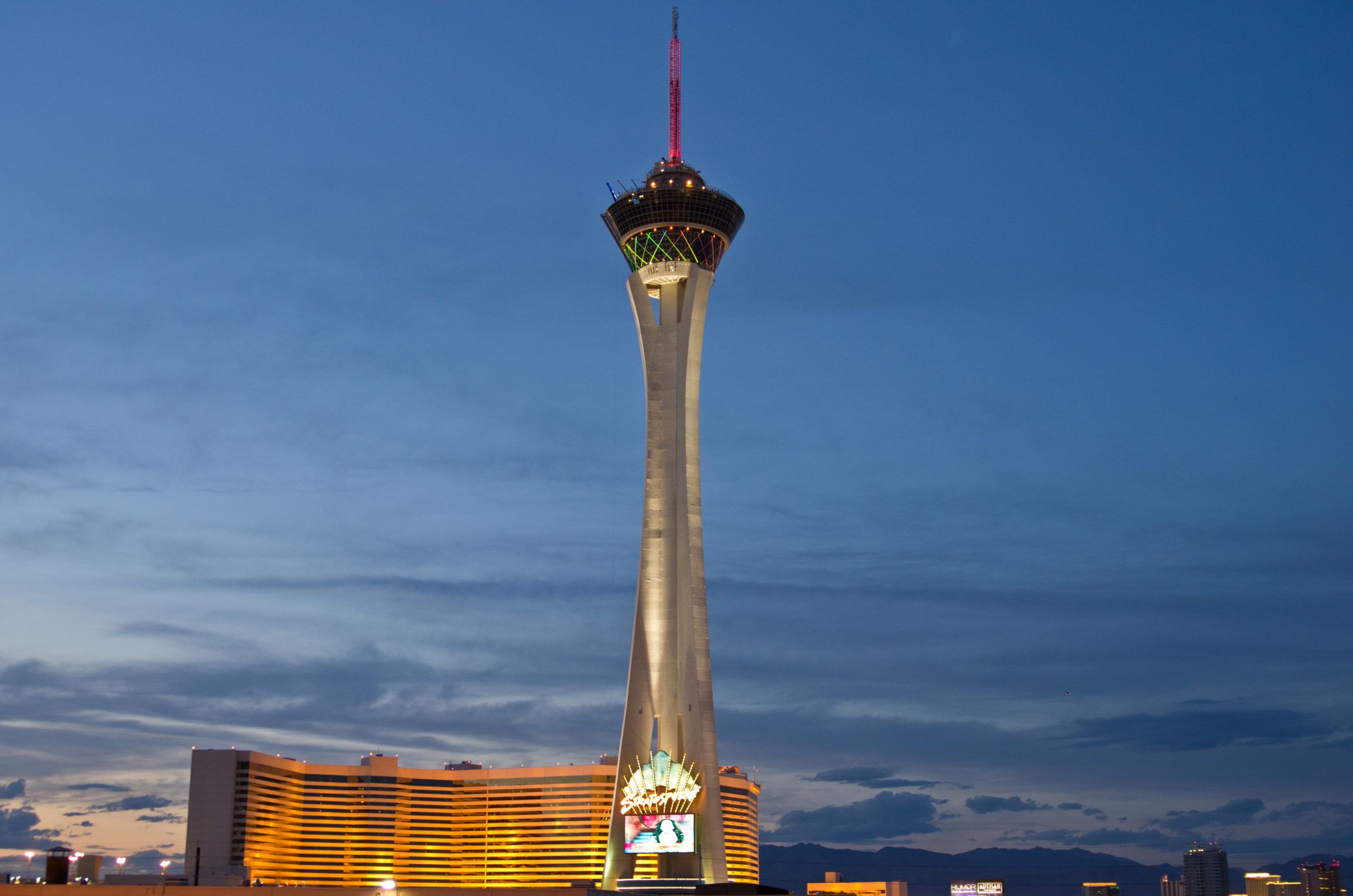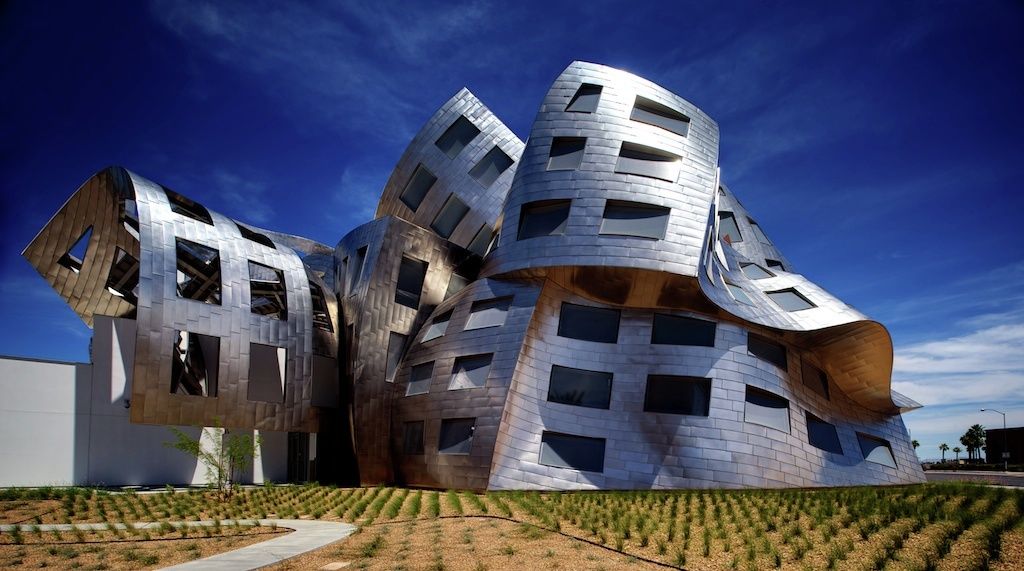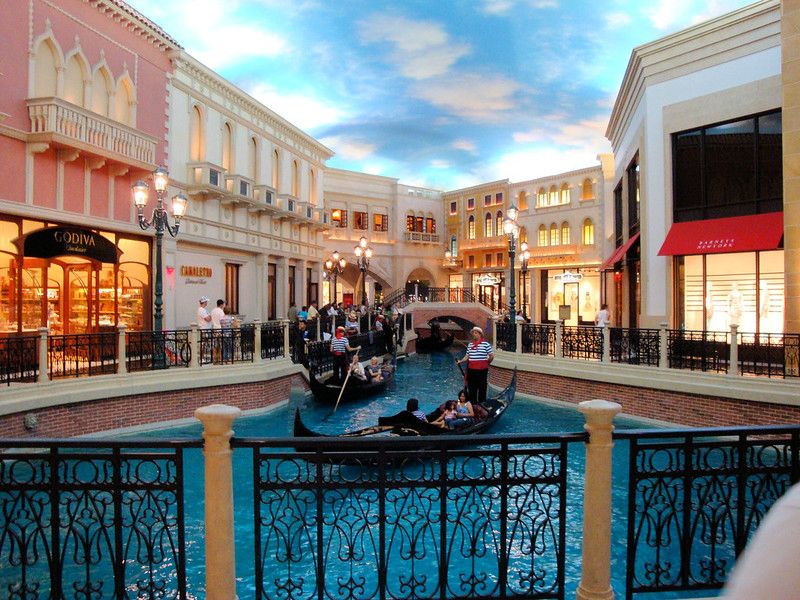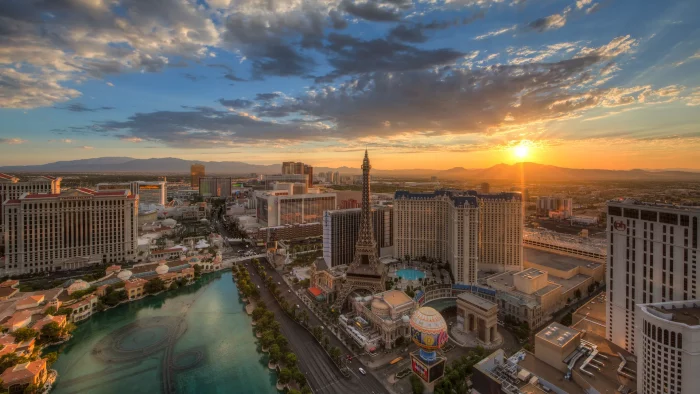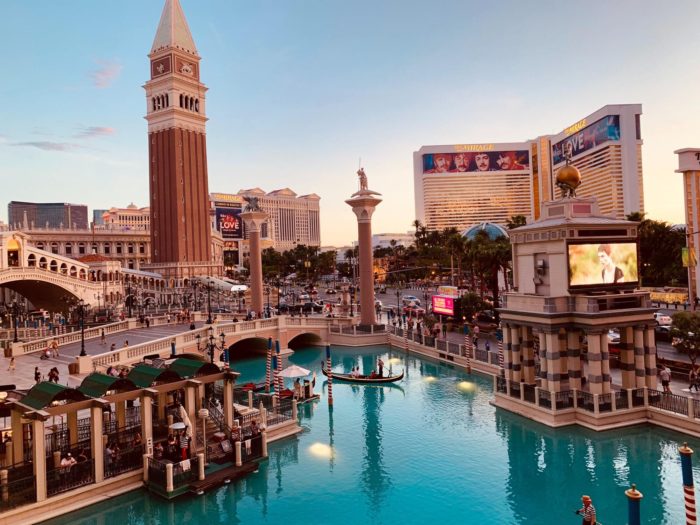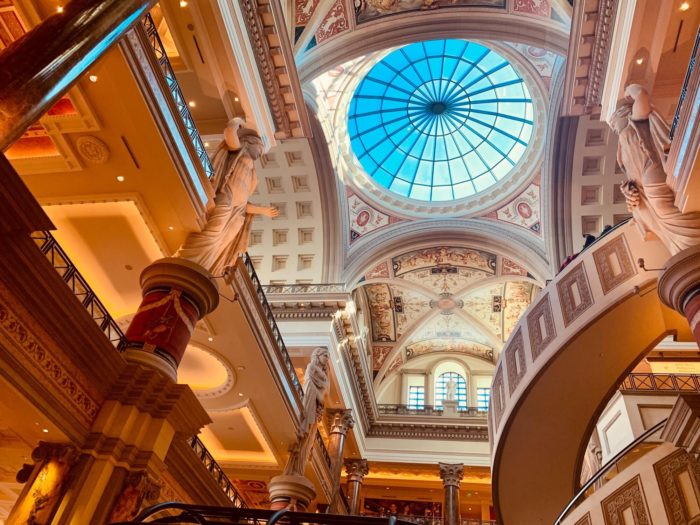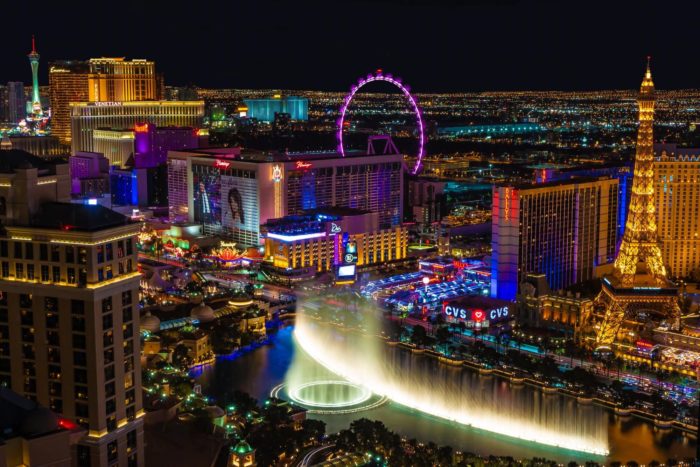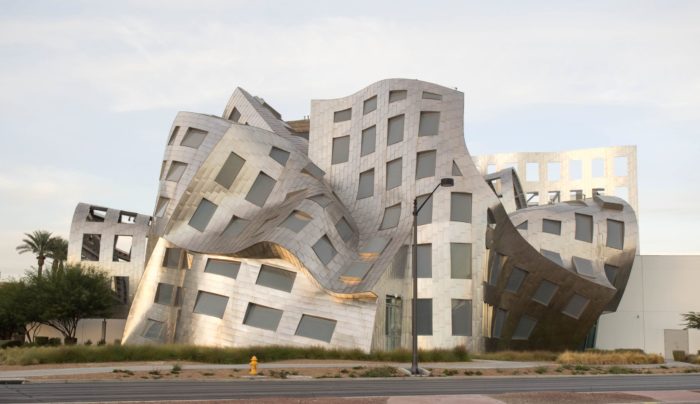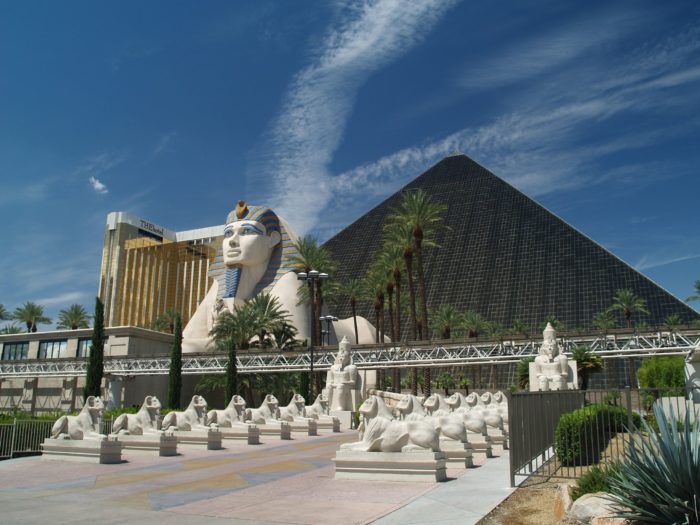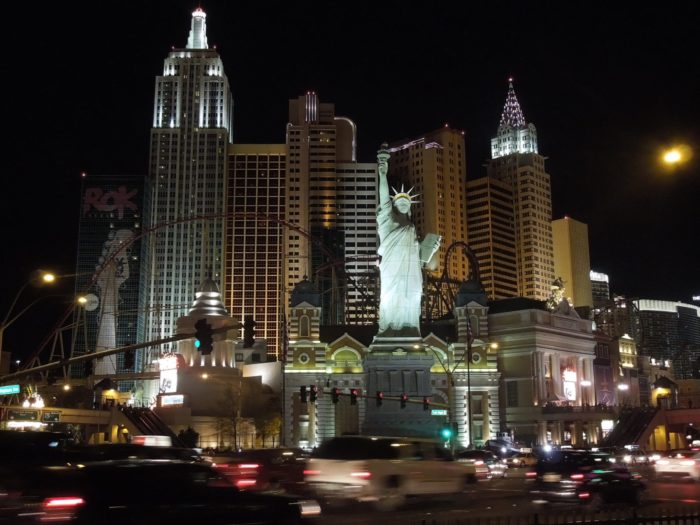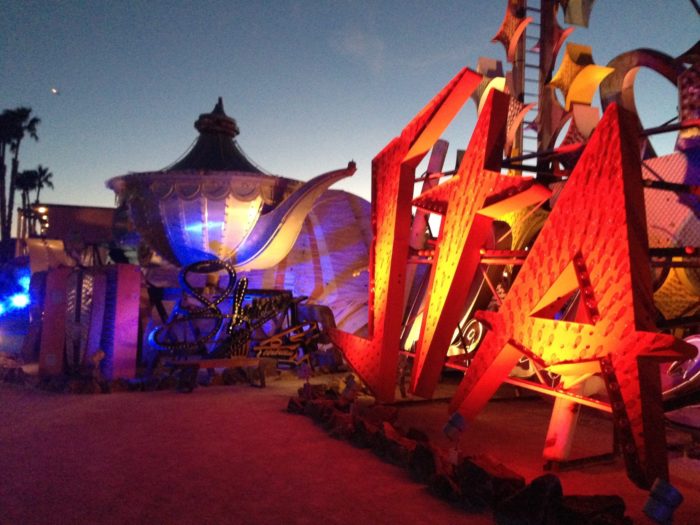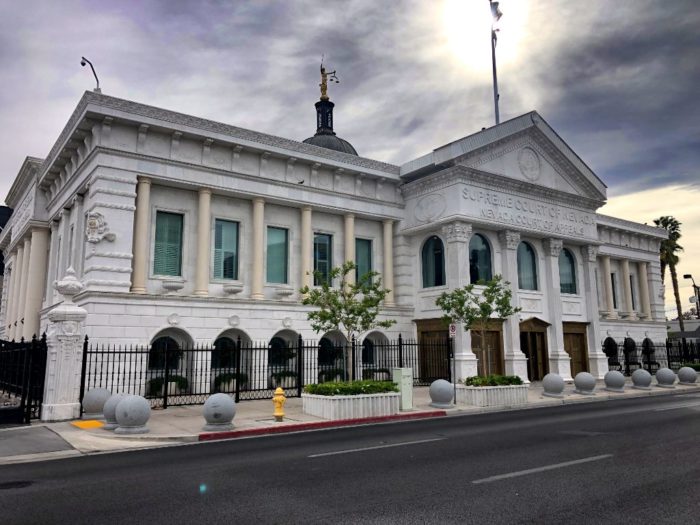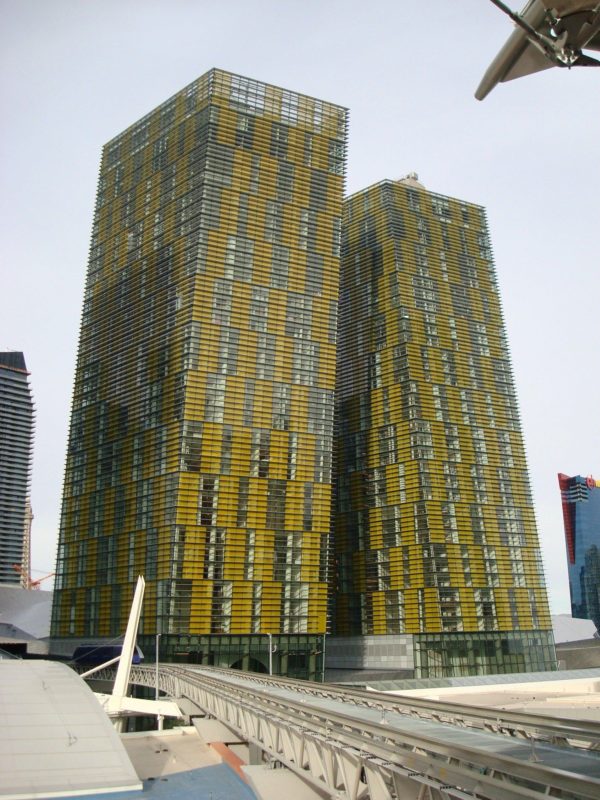The Rise of Sin City
The Hoover Dam building drew laborers to Las Vegas in 1930, creating a need for hotels and entertainment. This resulted in establishing hotel casinos like the Fremont Hotel and the Northern Club, which featured slot machines, restaurants, and showgirl theaters. Despite its lighthearted reputation, the era also saw the entry of mobsters, which increased illicit activities such as prostitution. The mix of male-dominated entertainment and soaring crime rates gave Las Vegas the infamous moniker “Sin City” in the early 1930s.
The fascination with the Las Vegas architecture landscape began to take root in the late 1960s when architects Robert Venturi and Denise Scott Brown and their students embarked on a journey to the city to delve into its unique architectural fabric. Their explorations culminated in a pivotal report 1972 titled “Learning From Las Vegas: the Forgotten Symbolism of Architectural Form,” co-authored with Steven Izenour. This groundbreaking report posited that Las Vegas was setting the stage for the architectural trends of the late 20th century, capturing the attention of the architectural world and forever altering the perception of the city.
However, beyond the glitz and glamour of entertainment, Las Vegas is a city teeming with impressive design and fine art. It’s not just about replicas of iconic landmarks such as the Eiffel Tower or the intricacies behind the mesmerizing Fountains of Bellagio. In recent years, the city has undergone a significant transformation to cater to a discerning, well-heeled crowd. Moreover, with ambitious forthcoming projects like the Raiders stadium and MSG Sphere, there’s now more to explore and admire in Las Vegas than ever before.
Venturi and his team, during their 1970s observations, noted that the city’s architecture was deeply influenced by the prevalent automotive culture of the time, with buildings predominantly oriented towards the highway. A typical architectural feature was the “rhetorical front and conventional behind,” where the facades facing the street were adorned with decorative elements, while the rear remained less adorned. Notably, the casinos and motels featured ground-level parking lots at the front, situated between the building and the highway, a design element Venturi considered distinctive. They drew attention to the striking contrast between the buildings’ artificially lit and air-conditioned interiors and the harsh desert environment outside. This eclectic mixture of architectural styles, ranging from what they humorously termed “Miami Moroccan” to “Yamasaki Bernini cum Roman Orgiastic,” was not viewed as chaotic but as a necessary reflection of Las Vegas’s identity as one of the world’s “pleasure zones.” It was where ordinary visitors could briefly indulge in escapist fantasies, becoming a “centurion at Caesar’s Palace, a ranger at The Frontier, or a jetsetter at the Riviera” for a few days.
The roots of Las Vegas’s evolution into the bustling city it is today can be traced back to the early 1930s when gambling was legalized and divorce laws were changed, making Nevada the state with the shortest residency requirement in the United States. The construction of iconic hotels like Bugsy Siegel and Meyer Lansky’s Art Deco-inspired Flamingo Hotel in the late 1940s marked the dawn of the super-deluxe hotel era. This legacy continues to shape the city’s landscape. Unlike New York, where demand drives the creation of new buildings as the city expands, Las Vegas has experienced entirely inorganic growth. In Vegas, buildings are constructed, each more extravagant than the last, to generate demand. Notably, the City Center complex stands out as a testament to the city’s evolving planning prowess.
In the midst of the city’s prevalent retro-themed hotels like Caesar’s Palace, Caesar’s Paris Las Vegas, New York-New York, and Venetian imitations, the City Center emerges as a showcase of architectural innovation. It houses hotel and shopping complexes designed by some of the world’s renowned architects. Often referred to as “The Entertainment Capital of the World,” Las Vegas extends its allure beyond its famed casinos, nightclubs, and eccentric ambiance when examined through the lens of its unique architecture. The architectural landscape of Las Vegas is an intriguing blend of modern, deconstructive, and, at times, kitschy designs. The Sin City boasts a palette of beautiful and aesthetic architectural wonders, with the iconic Las Vegas Strip serving as a prominent canvas for these diverse creations. It remains not only a hub for nightlife but also a sanctuary for architectural enthusiasts seeking to witness the unique and captivating designs that define Las Vegas.
Here Is a List of 9 Beautiful Buildings That Capture the Las Vegas Architecture :
1- Lou Ruvo Centre for Brain Health | Larry Ruvo
Erected in a distinctive deconstructive fashion, the medical facility in Cleveland, widely recognized as the Lou Ruvo Centre for Brain Health, is dedicated to facilitating research endeavors for scholars and offering essential care to patients grappling with mental health challenges. The structure stands out with its contorted and melting forms, reminiscent of Salvador Dali’s paintings. Crafted by the renowned architect Frank Gehry, this edifice epitomizes the essence of Las Vegas architecture.
For a comprehensive exploration of this architectural gem in Las Vegas, you can partake in monthly guided tours to fully immerse yourself in its unique design. While admiring the exterior of this striking piece of deconstructivist architecture with its intricate steel frame is a fulfilling experience in itself, the guided tour provides access to the interior, where you can marvel at the impressive 20-foot artwork created by James Rosenquist.
2- Bellagio Hotel | Jon Jerde
Since 1998, the Bellagio Hotel and Casino has stood as a top-tier luxury resort in the Las Vegas vicinity. It is characterized by a water feature that complements its architectural inspiration drawn from Lake Como, filling the space between the building and the famous Las Vegas Strip.
This aquatic area is home to the renowned Bellagio fountains, a symbolic spectacle that takes the form of grand dancing fountains choreographed to synchronize with the rhythms of music. Beyond being a popular choice for accommodations and thrilling poker nights, the Bellagio Hotel and Casino stands as an iconic and exceptionally beautiful representation of architectural excellence in the vibrant city of Las Vegas.
3- The Luxor Hotel
Modeled after the architectural style reminiscent of ancient Egypt, the Luxor Hotel and Casino stands as a prominent landmark in Las Vegas, attracting a vast crowd on a daily basis. Its most remarkable feature is the Luxor Sky Beam, known as the world’s most powerful light beam. This astonishing beam of light is so intense that it can be seen from as far as 300 miles away. Another notable aspect of the Luxor is the iconic glass pyramid adorned with a sphinx, adding a touch of symbolism to this unique structure.
The Las Vegas Strip, where this distinctive architectural wonder is located, is home to numerous other captivating designs. So, be sure to have your cameras ready as you marvel at the beauty of these architectural masterpieces along this iconic and popular Las Vegas thoroughfare.
3- New York-New York Hotel
The hotel can be best described as a composite of some of the most iconic landmarks from New York City, featuring replicas of the Statue of Liberty, Chrysler Building, Grand Central Terminal, and Empire State Building. These meticulously crafted facades, adorning the exterior of this magnificent Las Vegas architectural creation, were conceived by Neal Gaskins as a heartfelt tribute to the New York City skylines of the 1940s.
Notable among these recreations is the imitation of the Brooklyn Bridge, which graces the area in front of the hotel. Alongside it, the colossal Big Apple Coaster emerges as a standout feature of the complex. For a thrilling experience, dare to ride on this exhilarating roller coaster, which plummets from a towering height of 144 feet, allowing you to fully appreciate the architectural marvel that is an integral part of the Las Vegas landscape.
4- The Venetian | Stubbins Associates
Drawing inspiration from the enchanting city of Venice in Italy, The Venetian in Las Vegas stands as a magnificent architectural gem along the renowned Las Vegas Strip. It boasts one of the largest casinos globally, firmly establishing itself as a vital presence in the city’s architectural landscape. In its endeavor to replicate the beauty of Venice, The Venetian features meticulous replicas of numerous significant Venetian landmarks, including the Rialto Bridge, the Lion of Venice Column, Palazzo Ducale, St. Mark’s Campanile, and Piazzetta di San Marco. This replication pays homage to the allure and grandeur of the original structures found in Venice.
However, The Venetian is more than just a haven for gamblers. It also hosts a sprawling shopping mall, providing a unique retail experience. Moreover, it is home to an iconic nightclub that attracts some of the most discerning and vibrant crowds in Sin City. Among the architectural highlights within The Venetian are:
- The breathtaking centerpiece is adorning the ceiling of the Grand Canal Shoppes entrance.
- The stunning recreation of St. Mark’s Square.
- The royal gallery seamlessly connects the reception area to the bustling casino.
These features collectively contribute to the enduring charm of this remarkable architectural creation.
5- Stratosphere Casino | Ned Baldwin
Rising to claim the title of the tallest freestanding tower in the entire United States, the Stratosphere Casino, Hotel, and Tower stands as an iconic architectural marvel in the vibrant city of Las Vegas. This towering masterpiece reaches an impressive height of 1,149 feet, securing its place as the second-largest observation tower in the Western Hemisphere. One of the main draws of the Stratosphere is its breathtaking panoramic view of the entire city, a sight that can be enjoyed from the tower’s lofty vantage point.
However, this is not the only attraction on offer. Adventure-seekers can partake in an exhilarating array of activities, from bungee jumping to the heart-pounding experience of the Sky Jump Las Vegas. Furthermore, the Stratosphere is not merely about its commanding height; it also houses a revolving restaurant that offers a unique dining experience high above the city. The casino within the hotel adds to the allure, making it a must-visit destination for tourists and a beloved gem for locals, all contributing to its significance as an architectural wonder in Las Vegas.
6- Neon Museum | Craig Winslow
The Neon Museum in Las Vegas has undergone a fascinating transformation, evolving from a place dedicated to preserving the neon signs of the city’s famous landmarks into a vibrant tribute to the colorful and dynamic culture of the Sin City. Nestled within an iconic shell-shaped building, this museum has witnessed and hosted numerous significant cultural phenomena. For the ultimate experience, an evening visit is recommended, as the museum truly comes alive after sunset. At this time, all the meticulously restored signs and various artifacts are illuminated with ground-level neon lighting, creating a stunning and immersive visual display.
Among the museum’s standout features are the Lady Luck Casino sign and the neon Boneyard sign, both of which contribute to the rich tapestry of Las Vegas’s history and identity. The way this architectural gem in Las Vegas uses its space and design to showcase these signs and artifacts is truly one-of-a-kind, making it a must-see destination for anyone looking to delve into the vibrant past and culture of this iconic city.
7- Nevada Supreme Court | Frederic J. DeLongchamps
In the bustling city of Las Vegas, amid the glittering casinos and vibrant nightlife, stands a neoclassical marvel known as the Supreme Court, part of the two judicial panels in the state, the other residing in Carson City. While Las Vegas is primarily known for its casino and nightclub adventures, there is a quieter and less renowned side that invites exploration. This architectural gem boasts a neoclassical theme and is constructed from marble, exuding a timeless elegance that stands in stark contrast to the city’s flashy reputation.
Of particular note is the resplendent golden dome atop the court’s building, which takes on an enchanting glow during the setting sun. It is during this magical time that the architecture truly comes to life, and sightseeing becomes a rewarding and captivating experience. So, consider setting aside a day of your casino plans and nightclub escapades to appreciate the exquisite beauty of this lesser-known architectural gem in Las Vegas.
8- Veer Towers | Helmut Jahn
The Veer towers have rightfully secured a distinctive place on the list of Las Vegas’s most visually striking architectural wonders, all thanks to their unique tilted design. As the only twin residential towers in the city center, these impressive structures rise to a height of 480 feet and collectively offer over 600 rooms. What truly sets these towers apart is their daring architectural approach, they stand at a subtle angle of 5 degrees from the center, tilting in opposite directions.
This innovative design adds a touch of artistic flair to the city’s skyline. Adding to the allure of these towers is the breathtaking sky deck, which boasts an expansive infinity-edge swimming pool, providing residents with a luxurious and scenic retreat. Moreover, each resident has the privilege of gazing upon the vibrant Las Vegas skyline, further enhancing the charm and appeal of this remarkable piece of architecture in the city.
